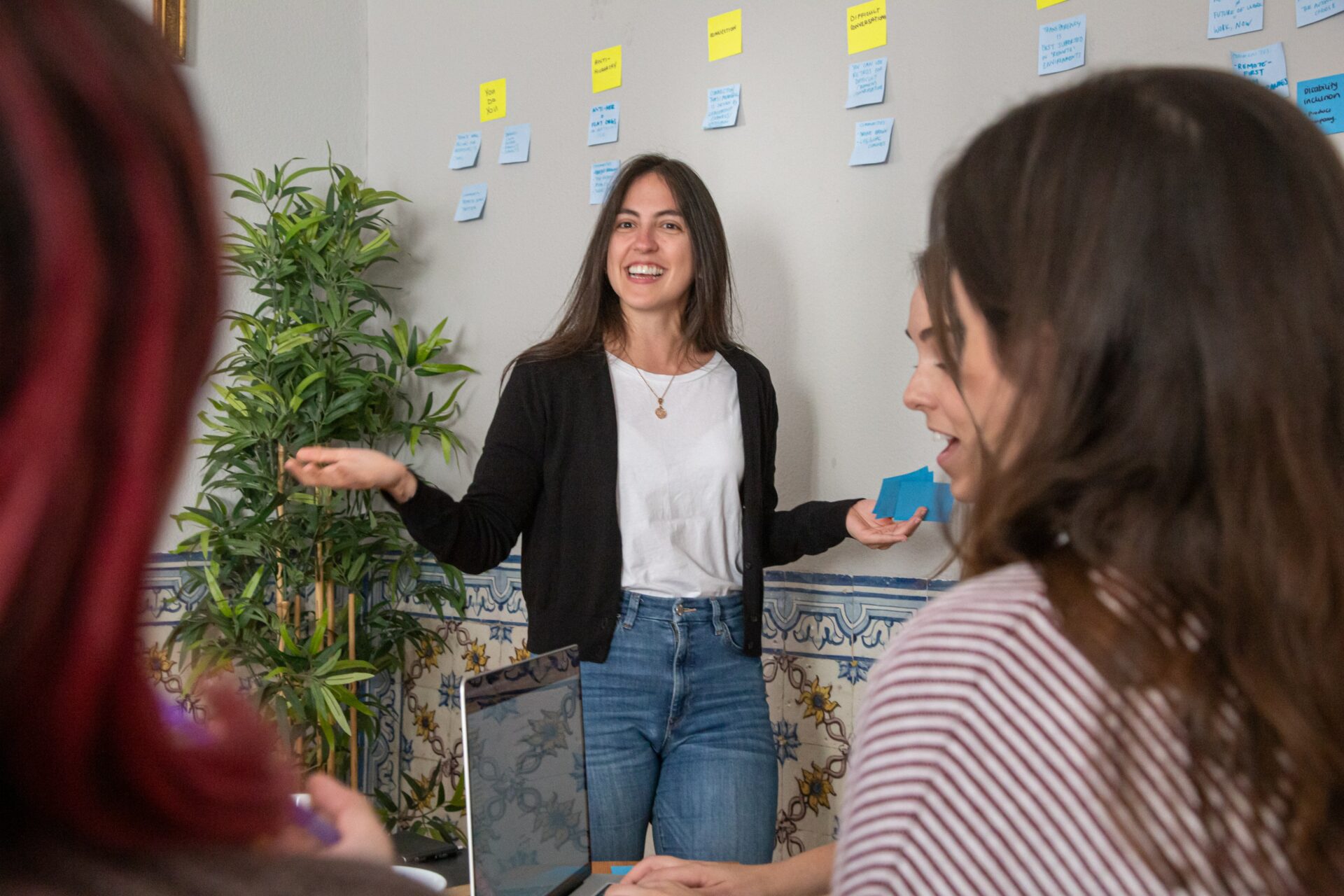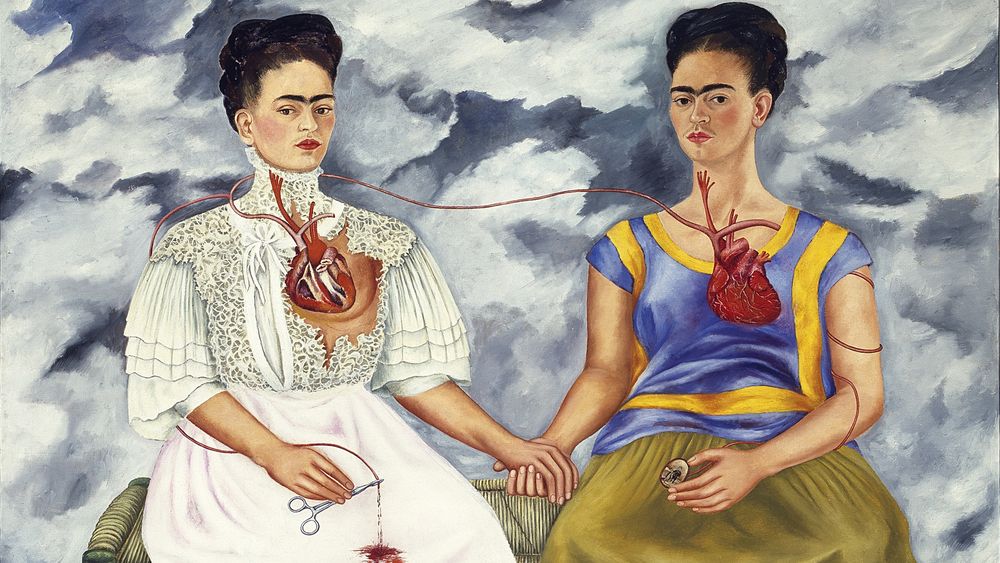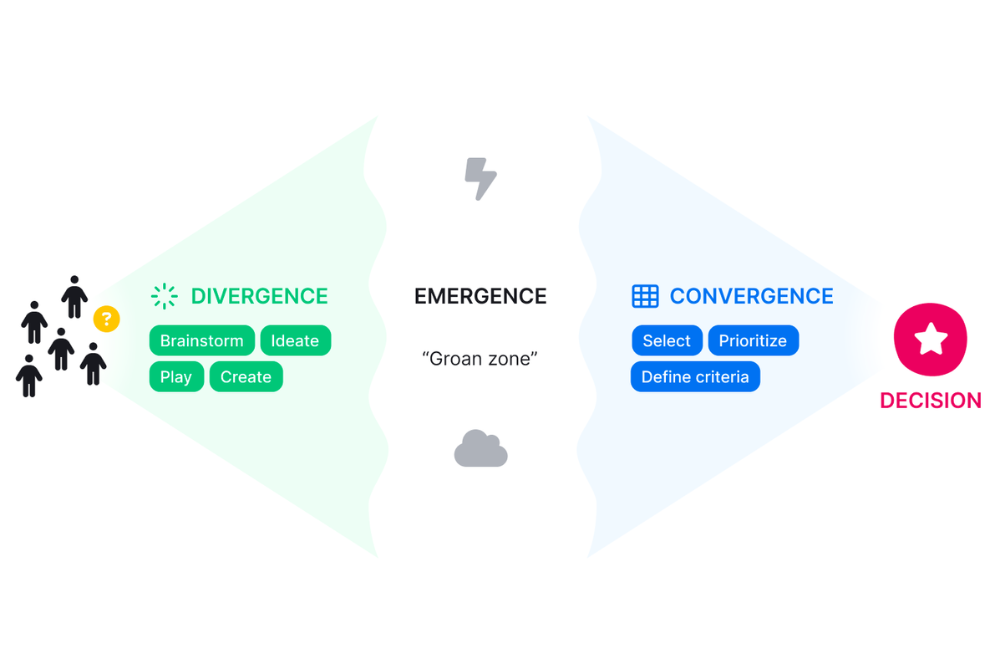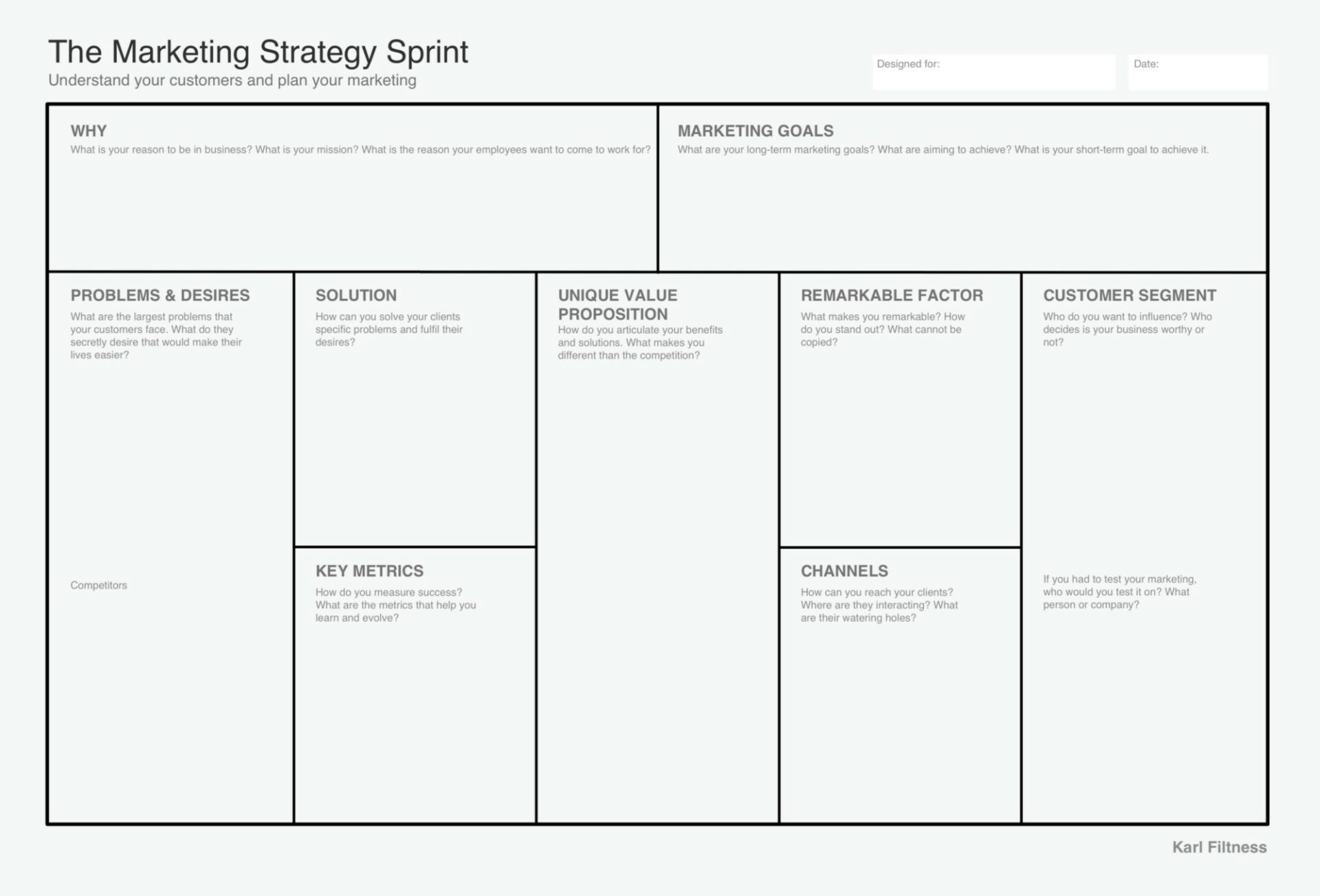Design Sprint for Any Team
Inspired by Google’s design sprint process, this workshop provides a structure that teams can use to rapidly prototype and test new ideas. Use this workshop to rapidly ideate, prototype and try out a new concept and practice working creatively and quickly with your team.





